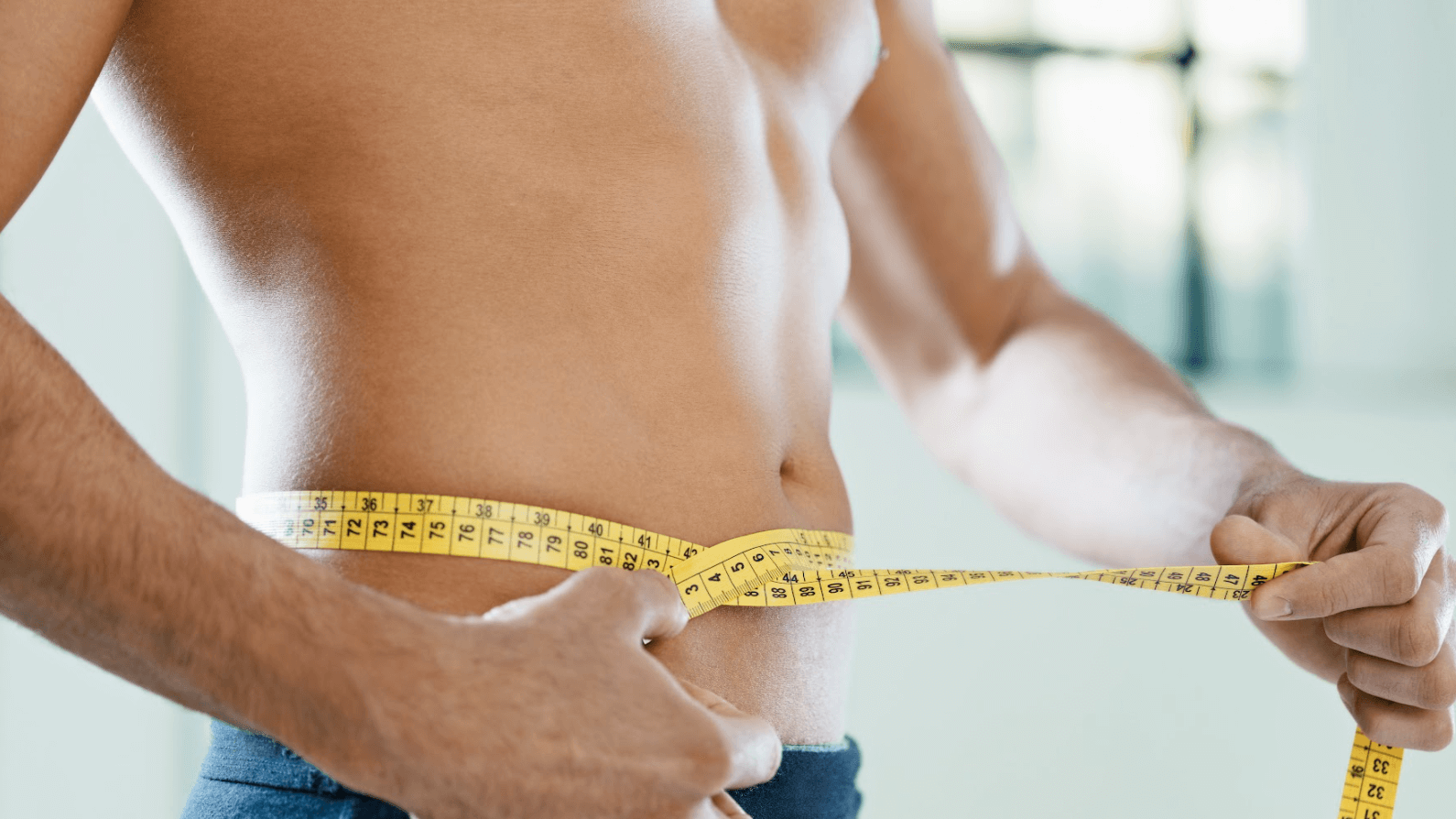How Much Fat Can Be Removed with Liposuction?
&srotate=0)
Even with a healthy diet and regular exercise, certain areas of the body may hold onto stubborn fat that won't seem to budge. This can be frustrating for people who are otherwise at a stable weight but struggle with areas like the abdomen, thighs, flanks, or arms. Liposuction offers an exciting solution to lose around ten pounds in a single setting by surgically removing fat cells and sculpting a smoother, more proportionate shape.
At Ben Schultz, M.D., board-certified plastic surgeon Dr. Benjamin D. Schultz performs high-definition (HD) liposuction to help patients define their body contours and achieve a more confident look. Keep reading to learn how much fat you may be able to lose with liposuction in Baltimore, MD, and what factors may affect your treatment plan.
How does liposuction work?
HD liposuction is a minimally invasive body contouring procedure that removes unwanted fat deposits using a small, thin tube called a cannula. The cannula is inserted through tiny incisions, and unwanted fat is carefully suctioned to create a more contoured appearance. While liposuction is not a weight loss procedure, it is highly effective for refining areas where fat is resistant to traditional weight loss efforts.
How much fat can be removed during liposuction?
The amount of fat that can be removed during liposuction depends on multiple factors, including a patient's overall health, body composition, and treatment goals. While some may think of liposuction as a way to remove large volumes of fat, there are safety limitations to consider. Many plastic surgeons follow general guidelines that recommend removing no more than five liters of fat in a single session — which may amount to about 10 – 11 pounds. Removing excessive fat can increase the risk of complications and may lead to uneven or unnatural-looking results.
In some cases, patients may benefit from a staged approach, where fat removal is performed over multiple sessions to achieve the desired contour while prioritizing safety. Dr. Schultz encourages patients not to necessarily focus on the amount of fat removed or the number of pounds lost after lipo but, instead, on the change in their overall shape and how many inches they lose in each treatment area. Additionally, HD lipo specifically may be recommended for smaller, more isolated pockets of fat, including those that conceal muscle definition in the abs, pecs, and biceps.
What areas can be treated with HD liposuction?
HD liposuction is a versatile procedure that can be used to treat many areas of the body and even the face. Some of the most common treatment areas for liposuction include:
- Abdomen
- Flanks
- Thighs
- Arms
- Back
- Chin and neck
In many cases, lipo for multiple areas can be performed in a single session, depending on the amount of fat being removed and the patient's aesthetic goals.
How long does it take to see results after liposuction?
While initial changes may be visible within a few weeks, optimal results typically take several months to develop. Swelling and bruising are common in the first few weeks, and as the body heals, the treated areas will become more defined. Most patients notice a significant improvement in body contours around 3 – 6 months after surgery. Maintaining a stable weight through a balanced diet and regular exercise can help preserve the results long term so patients can enjoy their sexy new shape for years or even decades to come.
Achieve a slimmer, more sculpted look with HD liposuction in Baltimore, MD
If you have been struggling with stubborn fat that won't go away despite your best efforts, liposuction may be the right solution. At Ben Schultz, M.D., highly trained plastic surgeon Dr. Benjamin D. Schultz provides customized HD liposuction treatment plans to help patients achieve the leaner, more defined contours they desire. Contact our friendly team today to schedule your liposuction consultation in Baltimore, MD, and take the first step toward a more confident you.